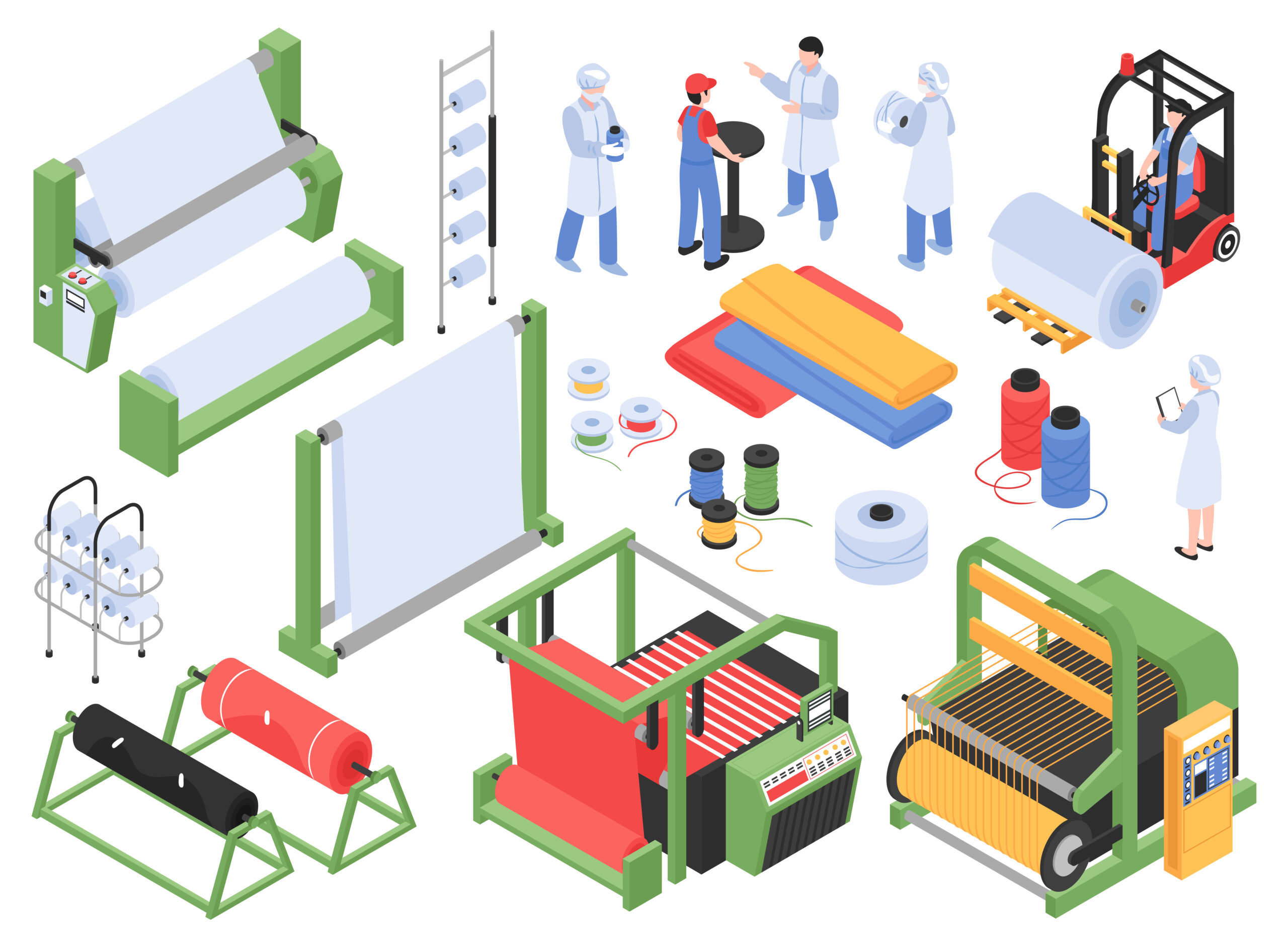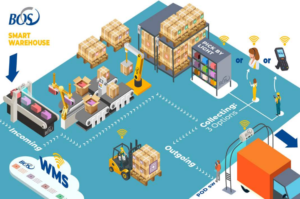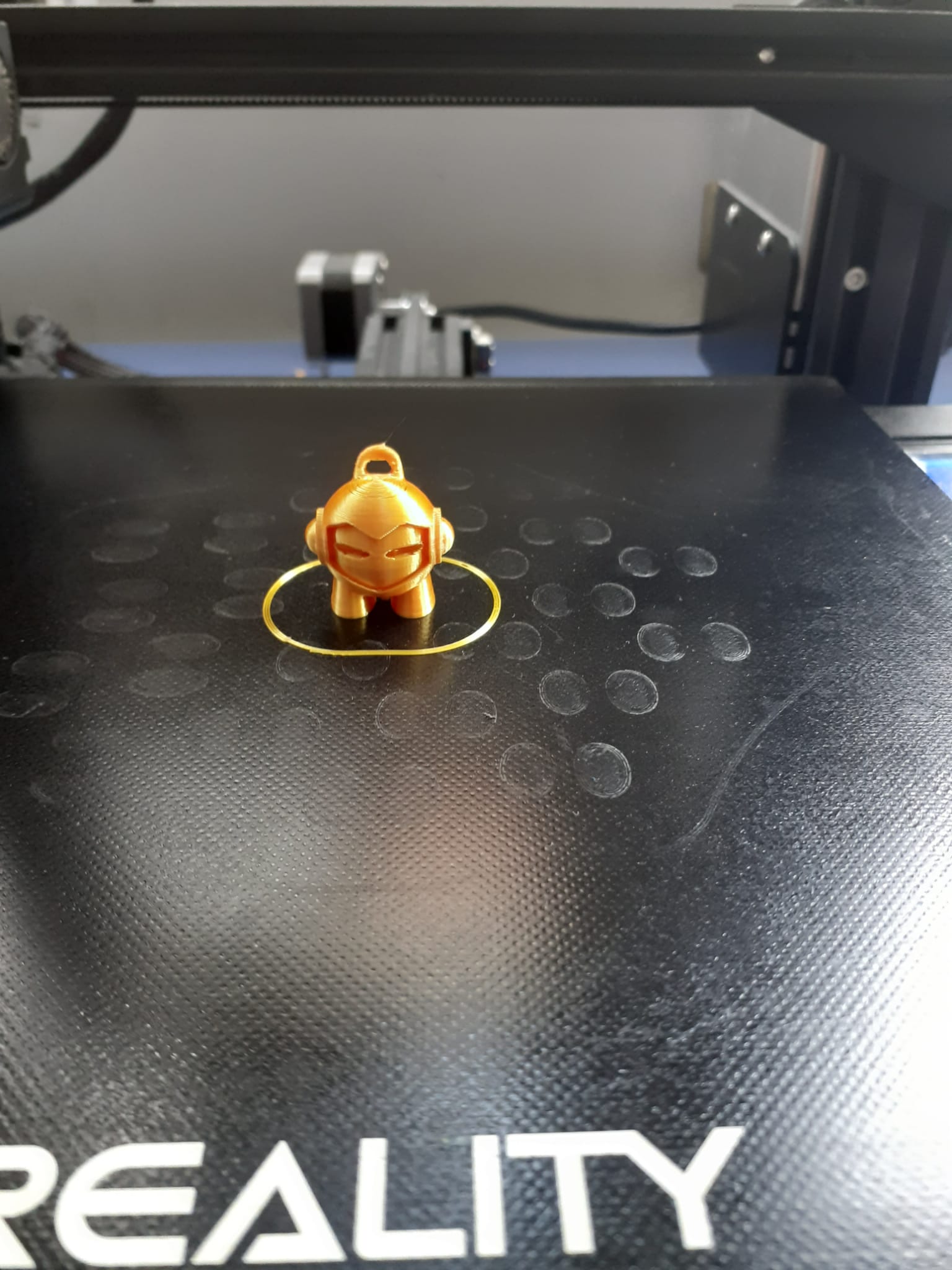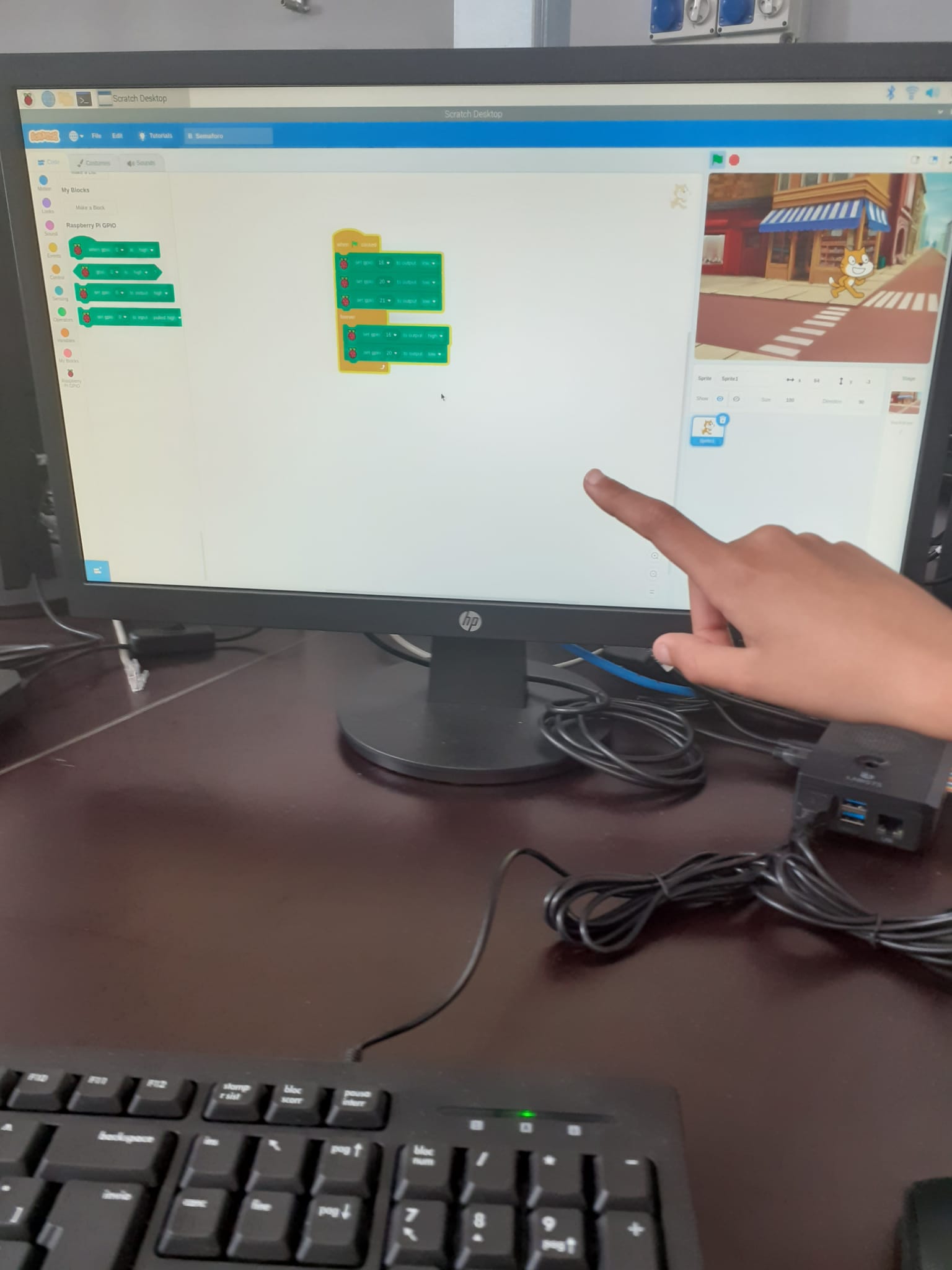Do you think that when you delete your internet browsing history, your searches are not saved? Unfortunately, the news is bad for you and for all of us. Every time you use the internet, a trail of data known as your digital footprint is left behind. The footprint is also known as a digital shadow or an electronic footprint. Information such as the websites you visit, email communications, and general information you submit and circulate online constitutes your digital footprint. There is always the danger that one can track a person’s actions and gadgets on the Internet using their digital footprint [1]. According to studies [2], computers are better at assessing your personality qualities than your friends, family, and even your partner when they have a sufficient number of Facebook likes. Researchers have determined the typical amount of likes artificial intelligence (AI) requires to make psychological assumptions about you as correctly as your partner or parents using a new algorithm. According to the researchers, as this technology advances, these findings may cause privacy issues.
At this point, let’s look at the dangers of digital footprint. Keep in mind that whatever you post online can be screenshotted and distributed. It’s challenging to know what information social media and comment boards retain about you and who may access your digital trail, even if you erase anything on your end. Bullying and harassment are common problems affecting many members in any group (school, work, etc.). Anything published on the internet can be saved and shared, with the intention of harming the person to whom the information relates. Thus, those who seek to harass or threaten others might do so by obtaining information from a digital footprint. Another serious issue that users face on the Internet is scamming. It becomes simpler for predators to gather the information they may use, to try to con you or others through identity theft and other scams the more personal information you provide online. Moreover, the damage to the reputation is an even more significant problem that none of us can afford to ignore. Your name may be looked up online, and your digital footprint can be accessed by potential employers, educational institutions, and others. Your prospects of getting a job or getting admitted into schools and universities may decrease if what they discover paints you in a bad light [3].
It is crucial to have information on this specific issue so that people are able to know the dangers and also to protect themselves from online threats. The European Digital Learning Network (Dlearn) has conducted great research on the importance of awareness in this matter [4]. The findings demonstrate that there is still confusion over concerns linked to digital footprints. What is clear at this point is that there are still gaps that need to be addressed, particularly in describing simple precautions that can be taken and emphasizing the significance of an online behavior code that can reduce the risk to our personal reputation and activities.
Here are some helpful tips to keep you safe while surfing the web [5]:
- You should not forget that the internet is a public space, the information you share may be visible to a wide audience and may be permanently recorded.
- Always make sure you filter in your mind before posting anything online.
- Also, your personal details (passwords, name, bank accounts, date of birth, address etc.) should not be shared publicly.
- You can take a simple test to check what information has been shared on the internet about you. Just google your name and examine the results. If you find something you don’t like, remove it if you can.
Consequently, we should always be mindful of what information we share on the internet, to avoid unpleasant situations and falling victim to hackers.
Finally, it is never too insignificant or too late to stay up to date with your privacy!
References:
[1] “What is a Digital Footprint?” https://www.kaspersky.com/resource-center/definitions/what-is-a-digital-footprint (accessed Jul. 27, 2022).
[2] W. Youyou, M. Kosinski, and D. Stillwell, “Computer-based personality judgments are more accurate than those made by humans,” Proc. Natl. Acad. Sci. U. S. A., vol. 112, no. 4, pp. 1036–1040, Jan. 2015, doi: 10.1073/PNAS.1418680112.
[3] “Your Digital Footprint and Privacy: What You Need to Know – Troomi Wireless.” https://troomi.com/dangers-of-digital-footprint/ (accessed Jul. 27, 2022).
[4] “Digital Footprint Awareness A European survey to analyse EU citizens’ understanding of digital footprint”, Accessed: Jul. 27, 2022. [Online]. Available: www.dlearn.eu
[5] “Digital Footprint – BulliesOut.” https://bulliesout.com/need-support/young-people/cyber-bullying/digital-footprint/ (accessed Jul. 27, 2022).
Featured image: Freepik/storyset






















